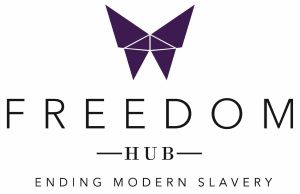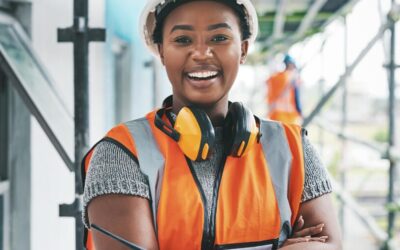Modern slavery, whether it be in Australia, America, Latin America, Africa or throughout Europe, does not exist in a vacuum. There is a laundry list of factors that affect those involved. These include – access to education, race, addiction, socio-economic status, language, ableism, sexual orientation, social status, culture, etc. It would be foolish of us to ignore these factors when considering the part we play in fighting and ending modern slavery in Australia and across the globe.
One of the keys to ending modern slavery, is to work with other activists and other advocacy groups, acknowledging that many factors put someone at a disadvantage and make them more likely to be exploited. Race is, unfortunately, one of those factors.
Racism and Racial Discrimination
Structural and systemic racism has historically impacted the upward mobility and economic progression of people of colour. Unfortunately, this discrimination is often based on differences in skin colour, culture, and ethnic identity. It also plays a significant part in why modern slavery still exists today. But what qualifies as “racial discrimination”, and does it even still exist in Australia in 2023?
To answer the first question, according to The Anti-Discrimination Board of NSW, racial discrimination is
when an individual is mistreated on the basis of their colour, nationality, descent, ethno-religious or national origin.
Secondly, yes, it does still exist in Australia.
Because racial discrimination can be a difficult concept to measure or quantify, it is often unreported. Unfortunately, there is strong evidence that points to racism in Australia climbing steadily in the last two decades, as to why some of the evidence points to an increase of immigration and refugee placement. With high levels of migration, there is often resistance to those who are “new,” the “outsiders,” and those who may not entirely fit in. At the core of this resistance isn’t necessarily hate but rather it’s fear. This fear can lead to mistreatment, discrimination, prejudice, and racism towards people of colour.
Connecting Racial Discrimination with Modern Slavery
How does this intersect with modern slavery? Well, with a heightened fear of people who are “outsiders” or whom society has deemed as “other,” there is a heightened sense of vulnerability. We know from previous articles that the more vulnerable someone is, the more likely an abuser or trafficker is to target, manipulate, and exploit. Migrants and refugees aren’t the only communities that racial discrimination and racism affect, though.
The United Nations estimates that there are 370 million Indigenous people across the world. Generally, Indigenous communities often lack access to education and healthcare and are often the first communities affected by environmental degradation. Unfortunately, these factors make Indigenous communities more vulnerable to modern slavery, especially sex and labour trafficking. Many factors may lead to the under-reporting of Indigenous victims of modern slavery or the lack of justice for Indigenous survivors of slavery. Still, most of these factors fall under the umbrella of racial discrimination, unfortunately.
This is an important (and uncomfortable) reality to understand. Recognising that racial prejudice and inequality are prominent issues in today’s society is a massive step in the fight against modern slavery.
As we learn more about the different factors that would make someone more vulnerable to exploitation, the more we learn of the way we play a part in upholding those systems. It’s uncomfortable and unglamorous work, but it’s vital work if we truly want to end and prevent modern slavery in Australia.
In tomorrow’s article, we will share a survivor story from our Survivor School. We encourage you to read and share each article with friends and family and start asking questions about each issue or topic.
Get Involved:
You can join our High Tea for Human Rights in Waterloo, Sydney, by clicking HERE.
You can Host your own High Tea by emailing [email protected], and we will send you information and a fact sheet to read or distribute to your guests.
Help raise awareness and join our local volunteer team; contact us here.
Or, if you’d like to opt into our monthly newsletter, opt in here.
If you would like to support our work, you can donate here.
THANK YOU FOR TAKING THE TIME TO READ OUR BLOG (Please review it or share it with others)




